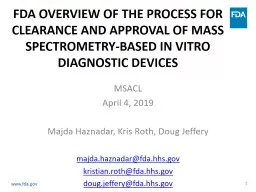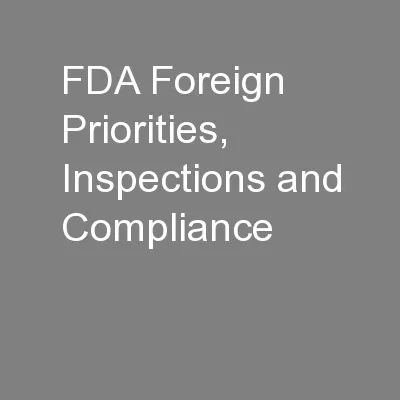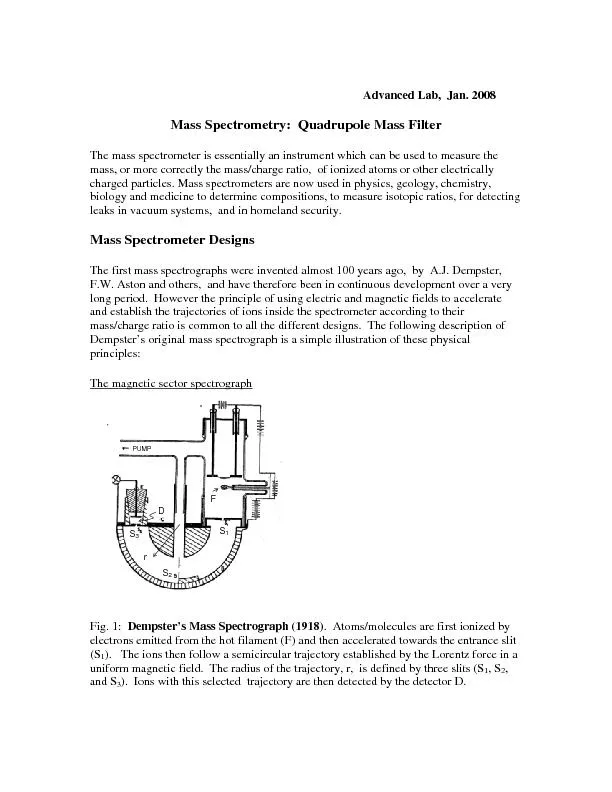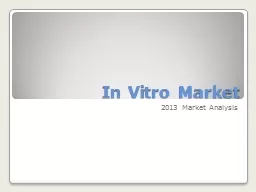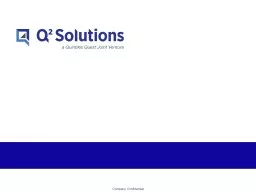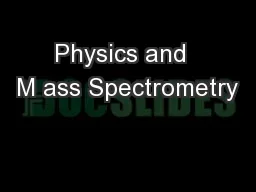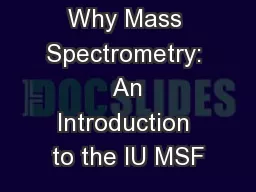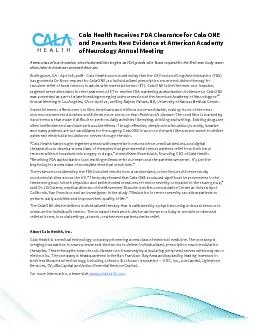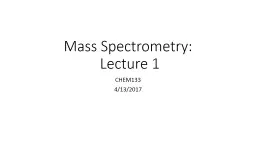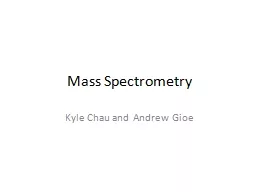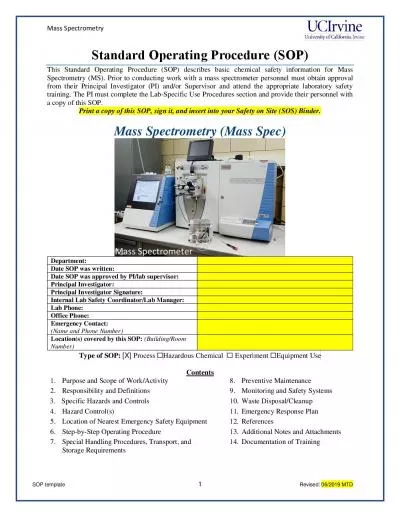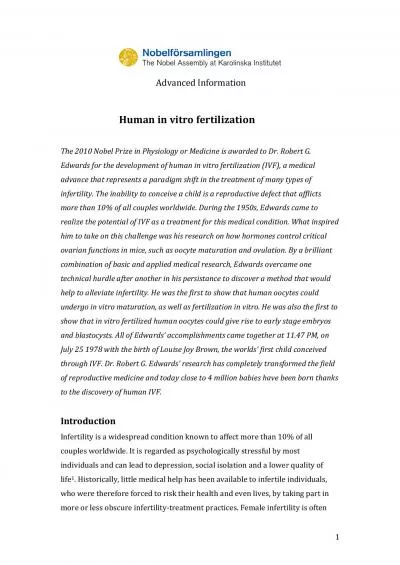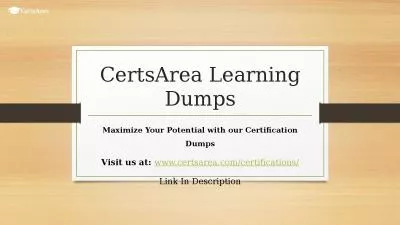PPT-FDA Overview of the Process for Clearance and Approval of Mass Spectrometry-based In
Author : tatiana-dople | Published Date : 2020-04-03
MSACL April 4 2019 Majda Haznadar Kris Roth Doug Jeffery majdahaznadarfdahhsgov kristianrothfdahhsgov dougjefferyfdahhsgov wwwfdagov wwwfdagov DISCLAIMER This presentation
Presentation Embed Code
Download Presentation
Download Presentation The PPT/PDF document " FDA Overview of the Process for Clearan..." is the property of its rightful owner. Permission is granted to download and print the materials on this website for personal, non-commercial use only, and to display it on your personal computer provided you do not modify the materials and that you retain all copyright notices contained in the materials. By downloading content from our website, you accept the terms of this agreement.
FDA Overview of the Process for Clearance and Approval of Mass Spectrometry-based In: Transcript
Download Rules Of Document
" FDA Overview of the Process for Clearance and Approval of Mass Spectrometry-based In"The content belongs to its owner. You may download and print it for personal use, without modification, and keep all copyright notices. By downloading, you agree to these terms.
Related Documents

